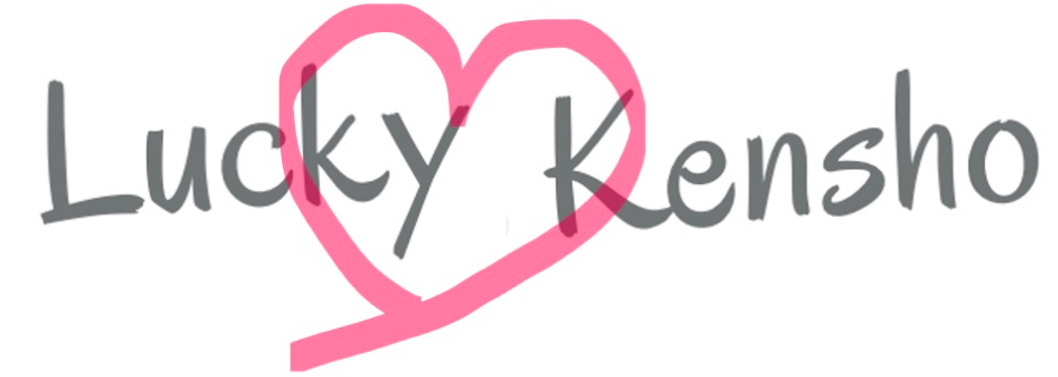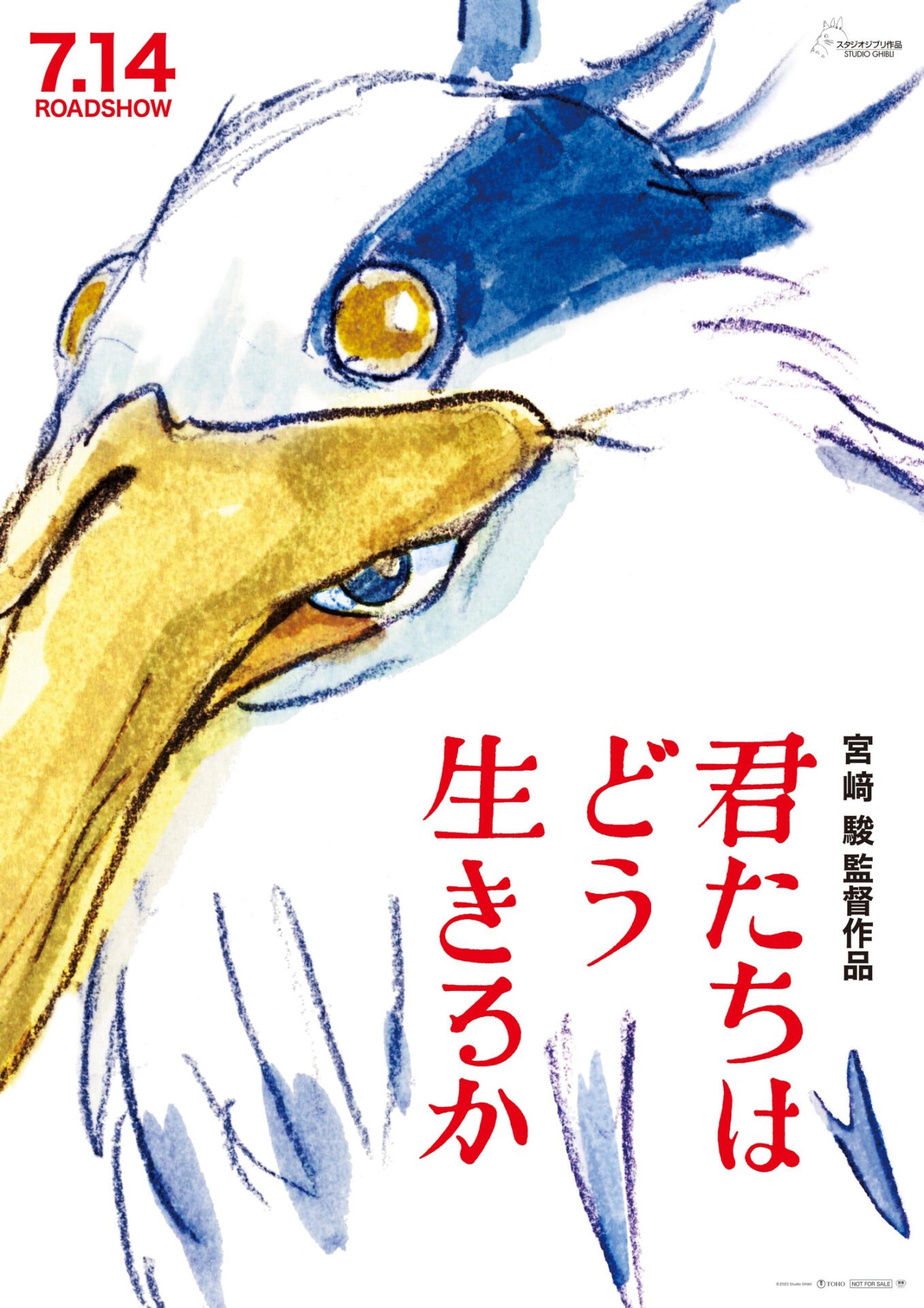A Shrouded Release
Hayao Miyazaki’s most recent film, “The Boy and the Heron,” was released on July 14, 2023, with an air of mystery. There were no trailers, no commercials, and no media previews. The only clue was a poster featuring a bird-like character. This left audiences wondering about the voice actors, the setting, and even the story itself.
A Profound Impact
I attended the film on its opening day, completely in the dark about what to expect. The film struck me deeply, serving as a culmination of Miyazaki’s work and offering a highly self-referential narrative. It felt like a story where “Miyazaki lifts his own curse.”
The Storyline
The protagonist, Mahito Maki, is a boy who lost his mother during the Pacific War. He moves to the countryside with his father, who runs an aircraft factory, and meets his father’s new wife, Natsuko. Mahito struggles to accept her as his new mother. Eventually, he is led to an abandoned mansion by a heron, where he is invited into the “lower world.”
The Dual Worlds
The film intriguingly explores the concept of the “upper world” as reality and the “lower world” as fantasy, a recurring motif in Miyazaki’s earlier works. For instance, in “Lupin III: The Castle of Cagliostro” (1979), Lupin is thrown into a dungeon and later returns to the “upper world” to confront Count Cagliostro. Similarly, in “Nausicaä of the Valley of the Wind” (1984), Nausicaä falls into the toxic Sea of Decay, only to discover its purifying nature and return to the “upper world.”
A Metaphor for Studio Ghibli
What sets “The Boy and the Heron” apart is that the “lower world” is a blatant metaphor for Studio Ghibli itself. The heron explains that entering the birthing room where Natsuko is, is a taboo act because it’s a sacred place where stories are born. This reflects the intensely personal nature of storytelling, where no one else can intrude.
Legacy and Inheritance
The film raises questions about who will inherit the legacy of Studio Ghibli. The great-uncle character in the film, who could be seen as a stand-in for Miyazaki, says that only someone of his blood can maintain the balance of the “lower world.” This leads to speculation: could this be a reference to Miyazaki’s son, Gorō Miyazaki?
A Healing Narrative
“The Boy and the Heron” seems to be a film made for the healing and liberation of its creator. It’s a story where Miyazaki lifts his own curse, and perhaps ours as well. The film challenges us to return to the “upper world,” much like how Hideaki Anno did in “The End of Evangelion” (1997).
In conclusion, “The Boy and the Heron” serves as a powerful testament to the enduring legacy of Hayao Miyazaki, inviting us to ponder the intricate relationship between art, creator, and audience.




Comments